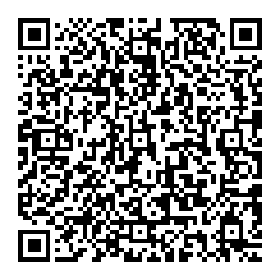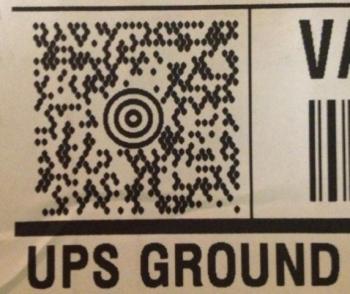On Data Tagging

Pick up most items, from the soup can, to the library book, and you will find a data tag. In most cases, that tag is the simple, ubiquitous bar code that seems to have been around forever. They are the lineal representation of numbers in a machine readable format that most people do not even pay attention to any more (although some of us are old enough to remember a time before they were so common place). More recently, the shippers UPS and FedEx have moved to more complex data tags to help expedite the automated sorting and shipping of the thousands of products that they handle every day.

But a funny thing is happening. What used to be odd or rare, is becoming common place, at least here in the United States. As the saturation of smartphones passes critical mass, the appearance of other types of data tags, most frequently QR code, but also other data matrix tags are appearing everywhere, from bus stop advertisements to taxi stands and conference registration. I have seen them on business cards, email signatures, and garbage cans. And with the growing prevalence of NFC reading devices, one can only wonder if the NFC data tag is the next big thing.

I was having a discussion the other day about data tags. Specifically, what is their purpose? Are they simply a gimmick, or are they a solution looking for a problem, or are they the crest of a wave we have yet to fully understand? In many cases, I would answer – yes.
They are a gimmick. Of course they are a gimmick and a pretty good one too. Put a data tag on an ad poster and people will try to scan it. This gets you eyeballs on your sign and a way to track how effective that sign was driving traffic to a specific web site. Madison Avenue must have showered the ad executive that came up with that hook with money. At least for the first couple of months, until they became as common as including a web site address on an ad was earlier in the century.
They are a solution looking for a problem. In many cases, I think they are over used. Or we have gotten lazy, I am not sure which. How much harder (much less how much safer) is it to open your browser and type in a web address than it is to click blindly on a data tag? Maybe two years ago, I might not be talking about safety and tagging in the same sentence, but with increasing malware attacks on the Android platform, blindly clicking on data tags (or NFC tags) might not be such a good idea any more. And do we really need a QR code in an email footer when we can cut and paste the contact information into our contact manager, or auto import it, depending on your email client?
They are the crest of a wave. And then there is the proliferation of data tag types. A quick look around my house turned up a number of data tag types. The basic bar code, square style, used by UPS, a longer, data matrix used by FedEx, QR codes and a generic data matrix are all evident on the common items in my office. And there are numerous more types – heck even Microsoft has its own data tag standard. Clearly then, there is a need for some of these data tags, but it may be months, or years before they move from the realm of gimmick or toy, and into the world of impact.
One of the things that I think will better define the wave is the increasing use of NFC. In just the last six months, I have seen a large uptick in chatter about NFC and NFC tagging. NFC is Near Field Communications, and is prevalent in most new Android based devices. The tag, rather than having a visual cue, like dots, squares, or triangles, is actually a tiny RFID style antenna and data chip that can store up to 1K of data. This chip is accessed by induction from the reading device, passing close to the tag (most need to be touched, but the range is measured in millimeters). And like visual data tags, you can stash a variety of bits of information that can then be read back, based on the device, the data, and the applications. There are a number of NFC applications already developed that allow the automated connection to Wi-Fi points (without exposing the SSID or password), Bluetooth activation, or home automation. These things can be done, theoretically, with a visual data tag as well, but there is something geeky about the NFC way. Or maybe that is just me.
Only time will tell if these data tags will prove really valuable (like bar codes and RFID) or merely digital graffiti. Or perhaps, they will simply fade out of our collective conscious to be replaced by the next shiny object.

